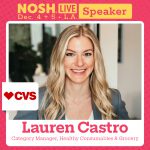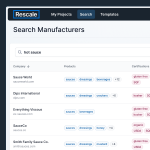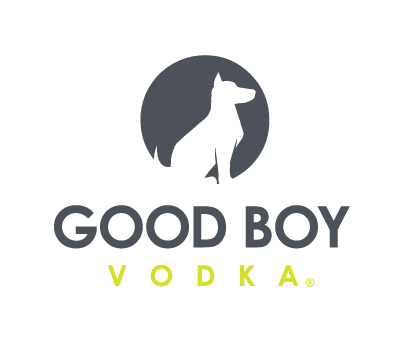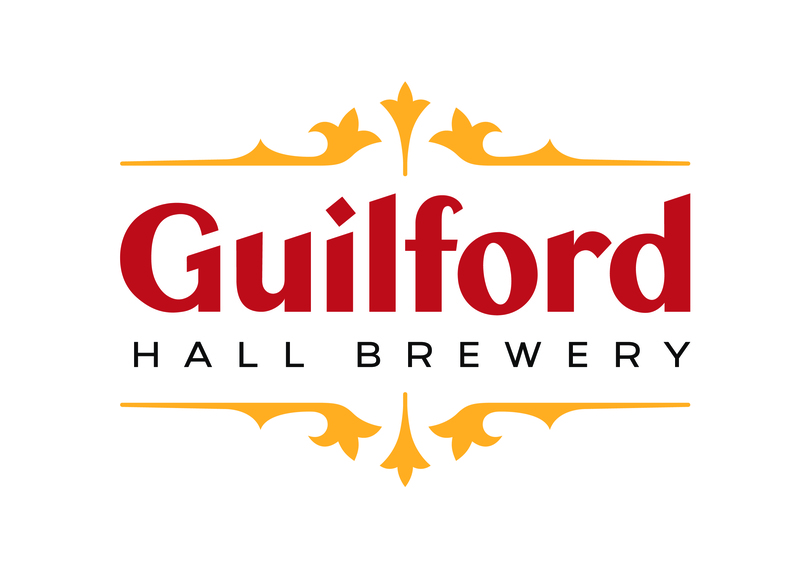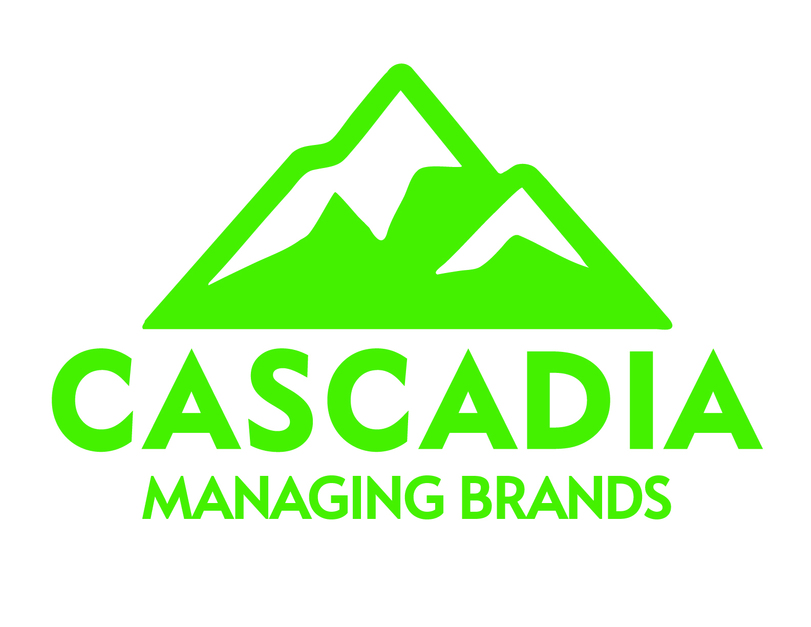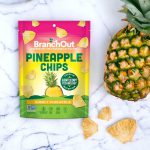“We Need A Tipping Point”: Can New Research Unlock Regen Ag’s Potential?
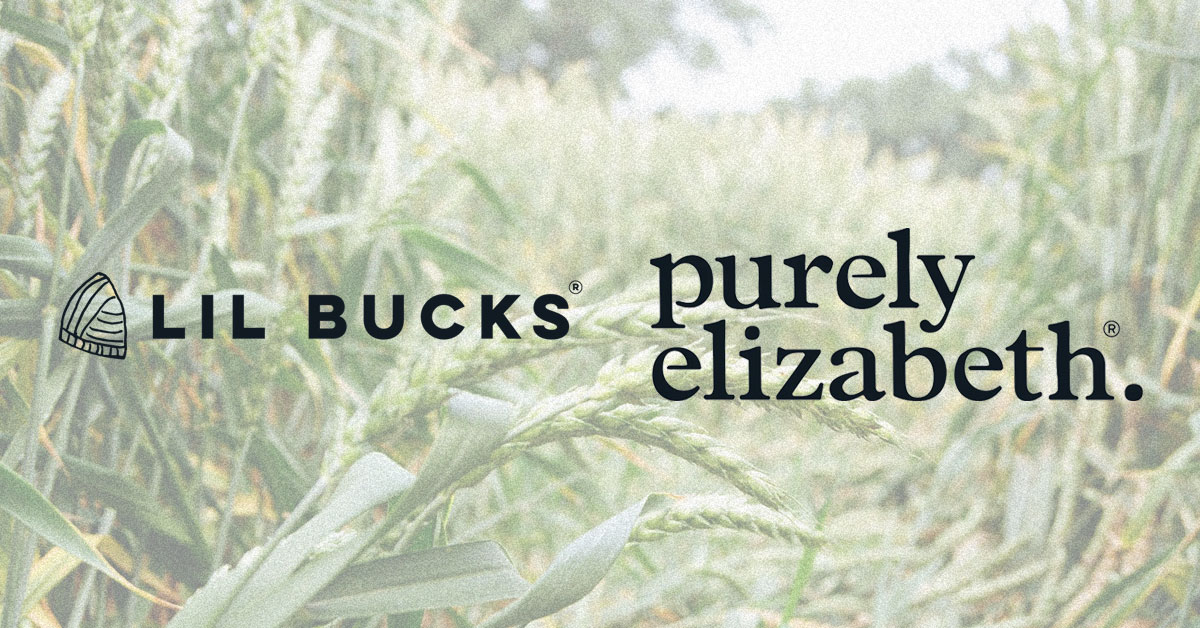
Data collection, collaborative case studies… and farming? Those are the central tenets of a new approach to regenerative agriculture, spearheaded by a trio of two CPG brands and one non-profit, that share a vision for the future based on ground-level stats and crop-specific studies.
Mad Markets, a branch of nonprofit organization Mad Agriculture, is taking on the challenge of quantifying and qualifying the environmental impact of a regenerative-ag as it seeks to overcome what it sees as one of the largest hurdles toward widespread adoption – a lack of compelling data. With portions of Purely Elizabeth’s and Lil Bucks’ supply chains on board, the group believes it can generate impactful evidence to support existing and future commitments to regen ag over the next three years.
The Impact Program Development
Officially announced in May, the Impact Programs were developed over the course of a year with input from both Mad Ag and the brands as well as financial support from the CPGs. The three-year pilots have been designed to generate detailed datasets on the environmental impact of regeneratively farming both oats and buckwheat. Researchers will analyze each respective crop’s nutrient density, impact on soil health, water use, biodiversity and potentially, share evidence that these farming methods improved both the farmer and brand’s bottom lines, among other metrics.
“Fundamentally, brands really need help [getting into regen ag], too,” said Elizabeth Candelario, director of strategic partnerships at Mad Markets, while discussing the systems needed to support the industry’s adoption of regenerative farming. “A lot of our work these last two years has been listening to companies who know regenerative ag is really important [but]… are saying ‘hey, I don’t even know how to think about regenerative ag.”
According to Candelario, who previously served as the president of biodynamic farm certifier Demeter’s USA branch, when it comes to driving adoption of this new system, many brands do not have access to the resources or information to justify getting started. In the case of many crops, supporting-evidence for a regen transition does not even exist yet – that’s the gap Mad Ag’s Impact Program is hoping to bridge.
In early fall, Purely Elizabeth will harvest its first oat crop from 500 farmland acres it is supporting through the regen transition and collect initial data on the yield’s nutrient density as well as monitor initial changes to soil health. Lil Bucks will undergo a similar process on its buckwheat farm in Minnesota and both brands will repeat the process with each year’s harvest. In the case of Lil Bucks, portions of its partner supply farm have been regeneratively farmed for over a decade and the company is working to convert additional acres through this program.
Each of the Impact Programs established a basic foundation and outline for the progress they hope to achieve in the next three years. However, as each program progresses, Christin Powers, Purely Elizabeth’s head of sourcing and sustainability, said even that foundation could change shape.
“What if we see something evolve next year with the next harvest?” she said. “I could see us coming together [with Mad Ag] and collaborating to say, ‘let’s dig into this more [because] this is what we’re seeing.’ This is a fluid, genuine research project.”
Impacting The Trajectory of Regen Ag
The research aspect of these programs is also what sets this form of regen ag commitments apart. While many brands have announced plans to transition a set amount of acreage to regenerative methods, often within a five to 10 year timeframe, Purely Elizabeth, Lil Bucks and Mad Ag believe their approach will layer on a greater positive impact that has the potential to drive new companies to begin prioritizing the farming practice in their sourcing.
The hope is that its efforts also justify its existing commitments. Purely Elizabeth has promised to convert one-third of its ingredient poundage to be sourced from regeneratively streams by 2026. It has also begun adding new Regenerative Organic Certified (ROC) ingredients, like coconut sugar and oil, to its product lines. According to Candelario, the company “has commitments to regenerative ag baked into its DNA.”
Lil Bucks, which has been working in the regenerative space since its inception in 2018, also hopes to expand its regeneratively-sourced ingredient lineup by taking a collaborative approach with other larger brands interested in the space.
“One of the biggest things anyone who’s trying to move forward the regenerative organic mission is realizing is the need for more collaboration among brands,” said Emily Griffith, founder and CEO of Lil Bucks. “We found that [it made sense] to pool some collective buying power on some of these smaller ingredients that we are interested in sourcing regeneratively [and] actually talk to other brands about going in together or buying off of their larger other regenerative ingredients orders.”
As Regen Grows, The Whole Industry Will Have A Role
In the agriculture space beyond CPG, researchers across the country – spanning from California State University, Chico to Yale are already studying the impacts of regenerative farming while focusing on the key metrics Candelario noted above. Those efforts include similar three-year studies that monitor an end-crops’ nutrient density, soil carbon capture and even the benefits of aquaponic regenerative systems. What sets the Impact programs apart is the direct investment from CPG brands, who hold the ability to share research findings with a broad swath of consumers, and in turn, spur demand and create a stable, viable market for these crops.
Retailers also play an increasingly important role in furthering the regenerative ag mission, Griffith added. In January, Whole Foods will launch Lil Bucks products nationwide, a significant expansion from its current distribution in the retailer’s Midwest region. Earlier this year, Whole Foods launched a new 18 oz. value size of Purely Elizabeth’s Original Ancient Grain Granola, made with Regenerative Organic Certified (ROC) coconut sugar and coconut oil.
Though the evolution and future iterations of these programs have not yet been decided, Candelario believes all options remain on the table. She said it is her intention to repeat these programs with new crops and new brands down the line, but in the near term she is focused on how it will support both the growth of the regenerative movement as well as the general understanding around what the movement is.
“Whether you’re in the ‘regeneration has to include organic camp’ or ‘regeneration doesn’t have to include organic’ – we’re all still, for the most part, looking at the same thing,” said Candelario. “We’re looking at soil health, not just soil carbon, we’re looking for polyculture versus monoculture. We’re looking for bases of respect for biodiversity with the hopes of at least keeping it if not improving it [and] we’re looking at water quality.”
Candelario believes that eventually, nearly all food producers will “have to” prioritize regenerative ag in their operations as public companies and those looking to raise capital will soon be required to publicly disclose risks relative to their Environmental, Social, and Governance (ESG) practices. She sees regenerative ag as an important muscle for those disclosures but, in the meantime, initiating things like the Impact programs will help set a solid foundation for all who chose to follow suit.
“We need a tipping point, and these market leaders help us get there. Not every company can do what [these two are] doing, but it sure sets an example of what companies can aspire to.”




